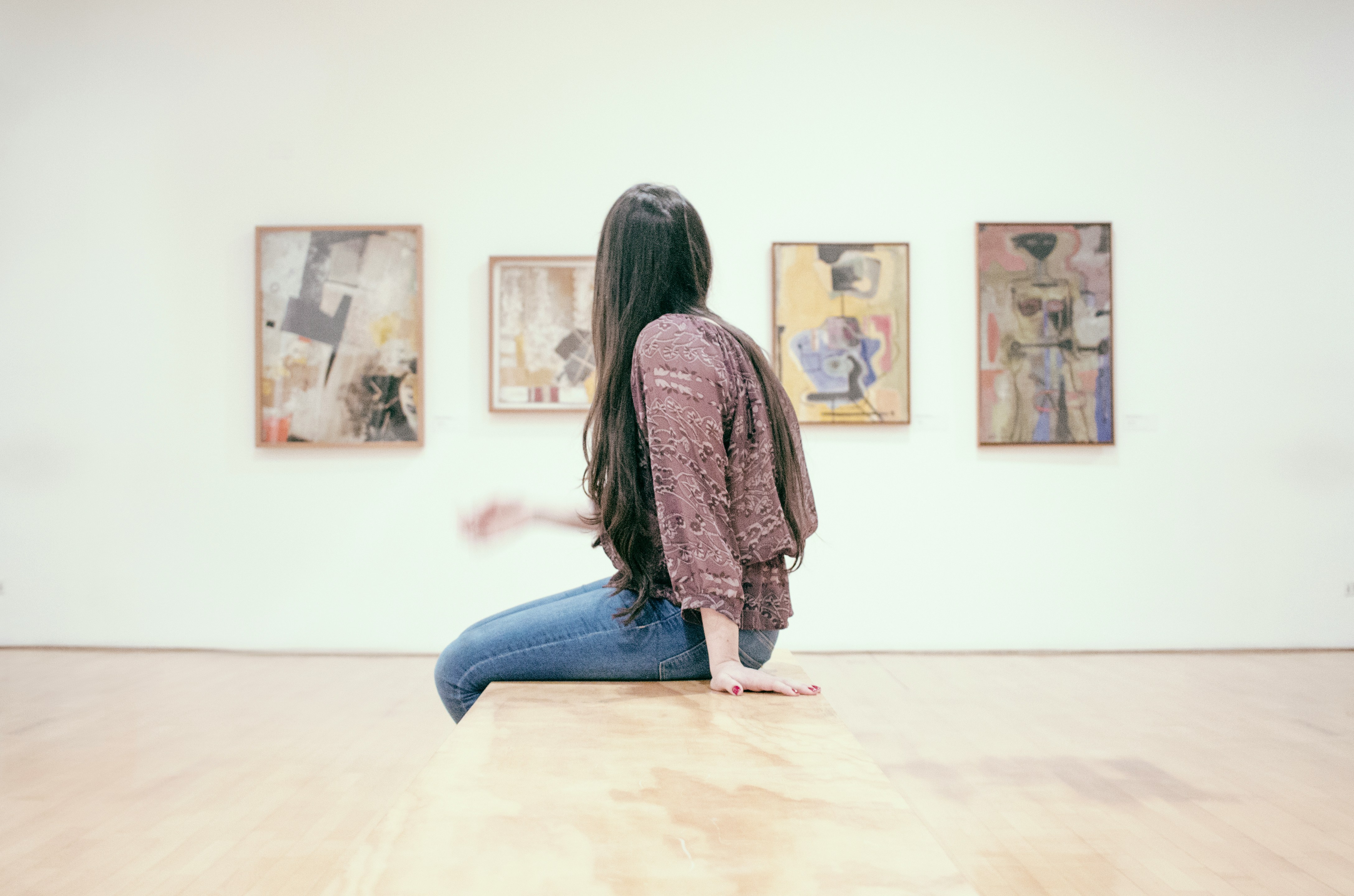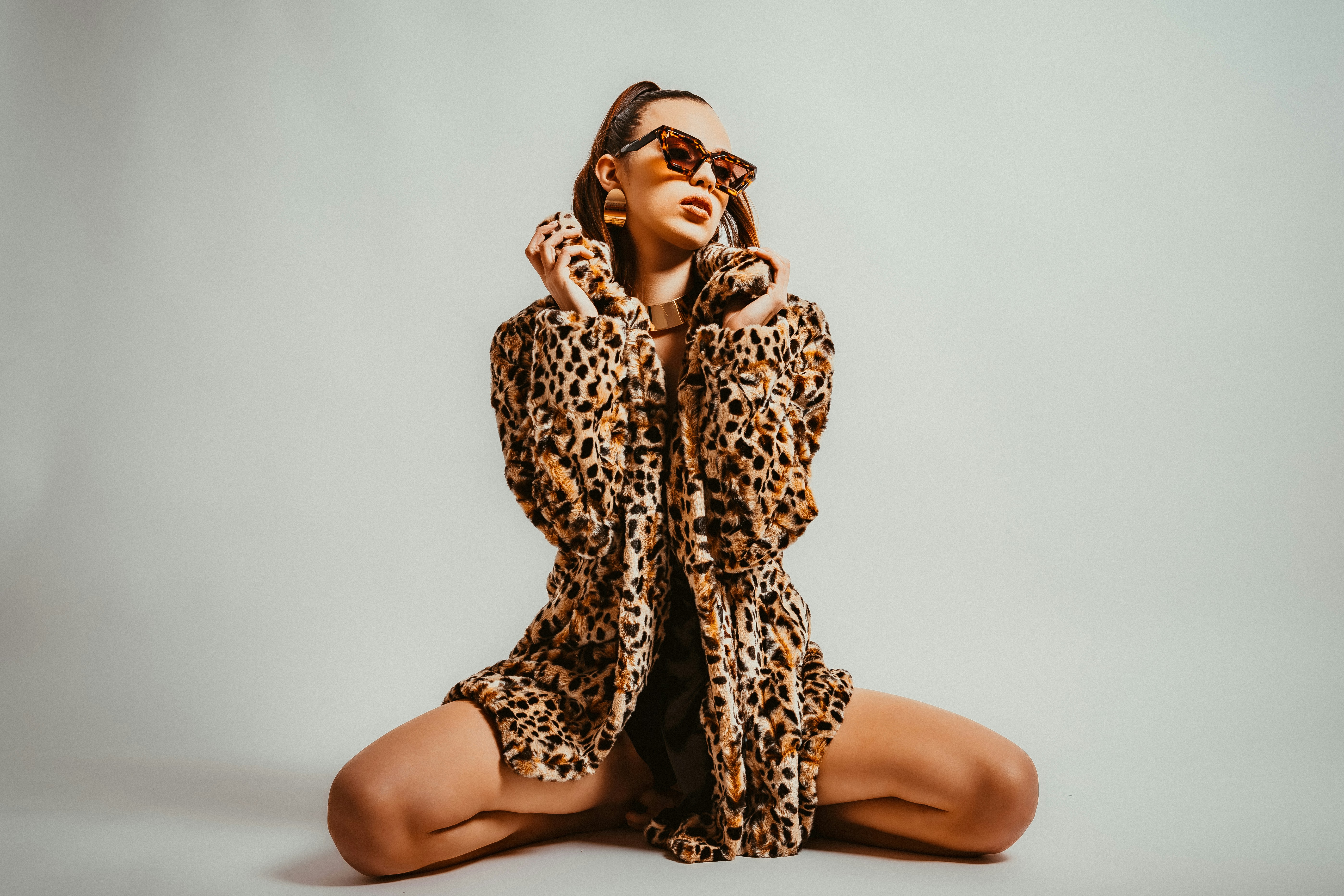Rethinking the Concept of Art Galleries Amid the TikTok Uprising
In an era where technology intersects with nearly every part of daily life, the time-worn concept of the traditional art gallery is being challenged. The emergence of an unexpected champion, TikTok, has borne immense ramifications on how we perceive art, its accessibility, and even the process through which artists gain popularity. By unfurling an entirely new platform for artists, TikTok prompts us to rethink the way we curate, share, and interact with art.

Redrawing The Boundaries: TikTok as a Virtual Gallery
In the art industry, physical galleries have been the cornerstone, the lens through which audiences view an artist’s work. But TikTok, a social media app originally designed for short-form videos, unexpected rose as a global virtual gallery, diluting the barriers once held between the artist, the onlooker, and the art piece. It’s multiple features like voice-overs and music overlays have turned millions of screens into canvas.
The Democratization of Art
Art has often been critiqued for its elitism, with inaccessible gallery spaces and exorbitant price tags. TikTok, however, paves way for a more democratic artistic landscape. Factors like location and pedigree, which once heavily influenced an artist’s success, are now diminishing. On TikTok, art is shared indiscriminately; an artist’s reach is determined by their talent and the appeal of their work, not by their reputation or connections.
TikTok’s Influence on Artistic Expression
The surge of art on TikTok has also led to an evolution in artistic expression. The platform encourages bite-sized content and instant gratification, influencing artists to create pieces that quickly catch the eye. This has spurred a surge in bold, vibrant, and often quirky art pieces. It’s common to see artworks which are not just visually stimulating but also integrated with sound, creating a unique multi-sensory experience.
- TikTok users are digitally transforming classical paintings into contemporary satires.
- Quick art tutorials are garnering substantial attention, encouraging more people to experiment with art.
- Artists are leveraging TikTok features to create interactive art that compels user engagement.
- An increase in hyperlapse painting videos on TikTok is promoting a better understanding of the artistic process.
Artists’ Journey: From anonymity to virality
The journey to artist recognition has experienced a seismic shift. Previously, artists would strive for their work to be housed in reputable galleries, spending grueling years building a portfolio. Now, a mere 60-second art video on TikTok can catapult an obscure artist into overnight success. The example of visual artist Emily Zugay, who gained enormous recognition through her ironic ‘bad’ redesigns of popular brand logos on TikTok, highlights this swift rise to fame possible on the platform.
Reconsidering the Sustainability of Virtual Art Consumption
Though TikTok’s role in art propagation has been largely beneficial, it raises pertinent questions about the sustainability of virtual consumption. As people grow accustomed to experiencing art within the confines of their screens, traditional gallery visits could diminish. Moreover, while virality might bring momentary fame, maintaining a substantial audience on such a fast-paced platform poses challenges.
In conclusion, TikTok’s disruption of the classical art landscape is undeniable. It offers a plethora of opportunities for emerging artists while democratizing the art space. However, its influence is still in the nascent stage, and time will tell how this transition from traditional galleries towards virtual platforms like TikTok will shape the future of art. As we adapt to this change, art enthusiasts and critics alike must acknowledge TikTok’s role in shaping a rapidly evolving art scene.




